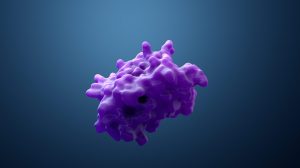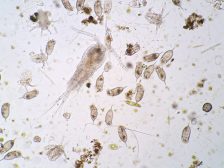Definition
noun
A group of ectoparasitic tapeworms of the phylum Platyhelminthes
Supplement
The phylum Platyhelminthes (flatworms) is comprised of parasitic worms characterized mainly by their flattened, bilaterally symmetrical body. This phylum includes the four classes: (1) Turbellaria, (2) Trematoda, (3) Monogenea, and (4) Cestoda.
As member of Platyhelminthes, the monogeneans are flatworms and exhibit bilateral symmetry. They lack specialized respiratory and circulatory systems and therefore rely on diffusion for the internal transport of metabolites. They also lack internal body cavity and anal opening and therefore regurgitate undigested material through the mouth. Unlike other parasitic Platyhelminthes that occur inside the body of their host, the monogeneans are ectoparasites. They are found outside of the body, such as on skin or gills of fish. They are small flatworms. They rarely reach about 2 cm in length. Those that are larger are found in marine fish hosts. Although many of them have no oral suckers that are found in endoparasitic flatworms they have other elaborate attachment apparatus. For instance, some of them have prohaptor, which is a set of anterior structures used for attachment. Others have opisthaptor (or simply haptor), which is a set of structures for attachment located posteriorly. Many of them are hermaphrodites. Monogeneans are classified based on their haptors: monopisthocotylea and polyopisthocotylea. The former has one major part to the haptor whereas the latter has multiple parts to the haptor.
Scientific classification:
- Kingdom: Animalia
- Phylum: Platyhelminthes
- Class: Monogenea Carus, 1863
Other common name(s):
See also:
- Platyhelminthes







